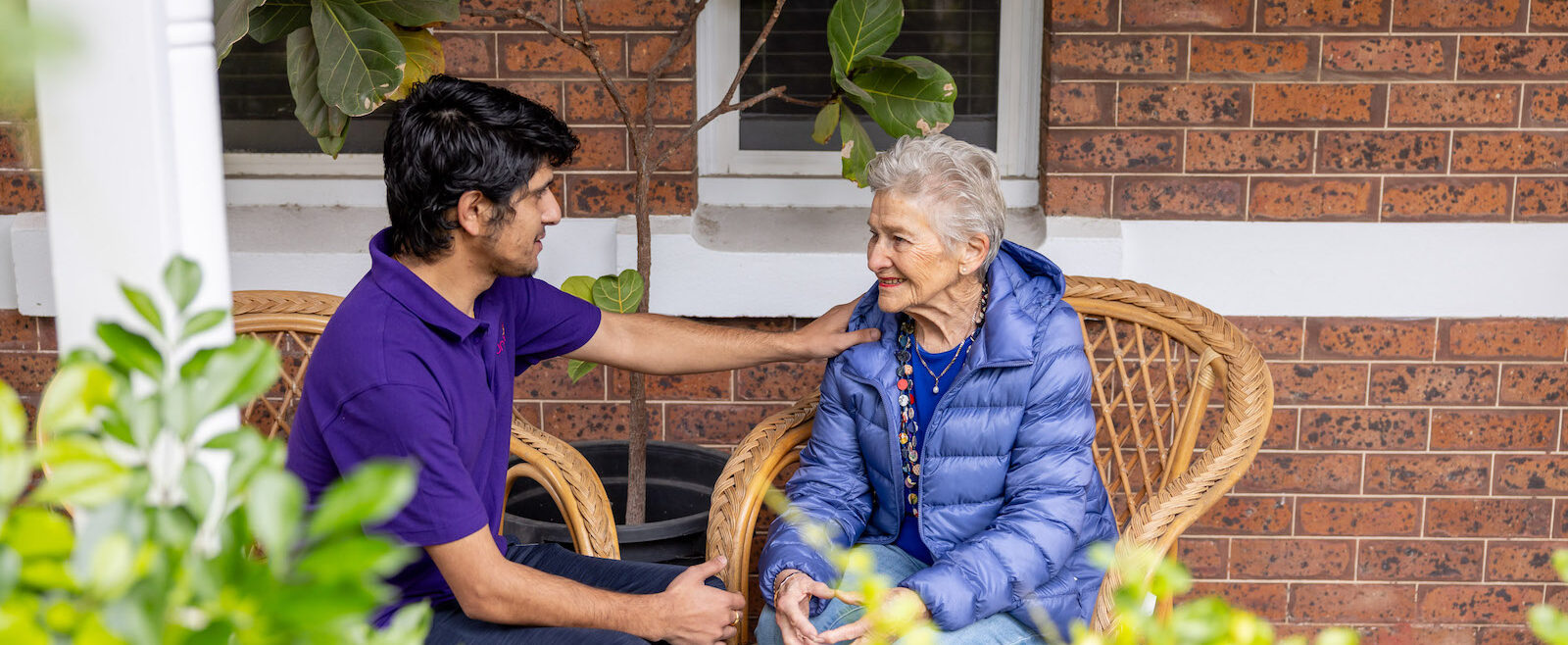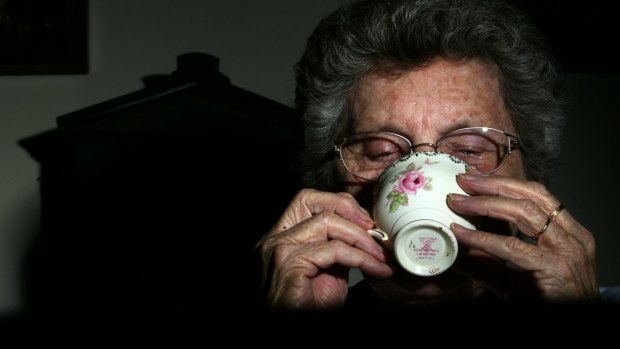How Home Care Providers Australia Can Improve Your NDIS Plan Management and Support
The Expanding Need for In Home Treatment Givers: Factors Households Pick Expert Treatment Over Conventional Facilities
The raising preference for in-home caregivers over traditional centers is a significant fad reshaping the landscape of older care. Family members are drawn to the advantages of individualized care that lines up with specific demands and choices, enabling elders to maintain a feeling of freedom in a familiar setting. This change also highlights the financial and psychological considerations that influence decision-making. As we check out the myriad aspects adding to this growing need, the effects for both family members and caretakers become significantly apparent. What does this mean for the future of caregiving?
Customization of Treatment
Customization of care in home caregiving is crucial for meeting the distinct demands of each individual (in home caregivers). This technique makes sure that care plans are customized to the specific requirements of the person, considering their case history, personal choices, and lifestyle. By concentrating on the person's one-of-a-kind scenarios, caregivers can promote a feeling of dignity and autonomy, which is typically lacking in even more institutionalized settings

Home caregiving allows for constant monitoring and adjustment of care strategies, making sure that changes in health standing or personal preferences are promptly dealt with. Eventually, personalized treatment in home setups considerably adds to the general health of customers, making it an important part of modern-day caregiving methods.
Convenience of Home Atmosphere
The convenience of a home environment plays a vital duty in the effectiveness of home caregiving. Numerous people, particularly elders, experience heightened tension and anxiousness when placed in unknown setups such as traditional care facilities.
Furthermore, the home setting enables a customized approach to caregiving, accommodating private choices and regimens. Households can develop an atmosphere that shows their liked one's way of living, making certain that care is supplied in a way that really feels comfy and natural. This personalized setting motivates much better interaction and communication between customers and caretakers, promoting trust and rapport crucial for effective care.
Additionally, the comfort of home can assist in social links, as household members and friends can go to much more quickly, offering important psychological assistance. in home caregivers. Generally, the home environment not only helps to preserve self-respect and freedom yet likewise contributes to a greater high quality of treatment, making it a preferred selection for households seeking professional caregiving remedies

Boosted Independence for Elders
Home caregiving not just gives comfort yet additionally advertises enhanced independence for elders. Unlike typical centers, at home treatment permits senior citizens to preserve their daily regimens and involve in familiar activities within their own atmosphere. This freedom is critical for their psychological well-being and total lifestyle.

Additionally, in-home caregivers can adjust their solutions to provide particularly to the unique demands of each senior, advertising a higher sense of control. This flexibility makes certain that elders can appreciate their leisure activities, socialize with friends and family, and remain active in their neighborhoods, further improving their sense of self-reliance.
Ultimately, in-home caregiving not only resolves the physical demands of elders but additionally encourages them to lead fulfilling lives, making it a progressively preferred option for families looking for the most effective care solutions for their liked ones.
Cost-Effectiveness of In-Home Care
At home care offers a cost-efficient choice to typical nursing centers, permitting family members to supply high home care providers quality assistance for their enjoyed ones without sustaining excessively high expenses. The costs associated with assisted living home can be frustrating, commonly going beyond $100,000 annually, which can drain pipes financial sources rapidly. On the other hand, in-home care services usually charge on a per-visit or per hour basis, allowing families to customize treatment plans according to their budget plan and specific demands.
Additionally, at home treatment removes added expenses related to facility living, such as transportation, bed and board, and various administrative fees. Family members can pick to engage caretakers just when required, possibly lowering overall expenses. A significant advantage of at home care is the capability to maintain individual regimens, which can add to better emotional health and decrease the demand for expensive clinical treatments resulting from abrupt way of living adjustments.
Insurance protection, including lasting treatment insurance policy, frequently reaches at home care solutions, better boosting monetary ease of access (ndis support coordinator). Overall, the cost-effectiveness of at home care not only alleviates the economic problem on households but likewise promotes an extra individualized approach to care that straightens with individual preferences and requirements
Building Stronger Household Connections
Offering treatment in a familiar atmosphere promotes deeper household connections, enabling loved ones to proactively take part in the caregiving process. At home treatment develops opportunities for households to engage meaningfully with their disabled or elderly loved ones, advertising psychological bonds that can be difficult to attain in institutional settings. The visibility of professional caretakers enables household members to concentrate on their relational roles instead of being burdened by the physical needs of treatment.
Furthermore, at home care enables family members to maintain their valued routines, which can reduce sensations of stress and anxiety and disorientation usually connected with relocation to care facilities. Shared meals, familiar environments, and the comfort of home give a sense of security that enhances health and promotes open interaction.
Families can collaborate with caregivers to develop tailored treatment strategies that show the private preferences and demands of their enjoyed ones. This joint strategy not only empowers the elderly but additionally enhances the family, as members share obligations and support each other through challenging times. Eventually, in-home treatment cultivates a caring atmosphere where partnerships can flourish, boosting the lifestyle for both recipients and caretakers.
Conclusion
The increasing choice for at home caregivers highlights a significant change in exactly how households come close to senior treatment. As these elements line up, in-home treatment emerges as an engaging alternative to conventional facilities, eventually advertising the well-being and high quality of life for senior citizens.
Families are drawn to the advantages of customized care that straightens with individual needs and choices, permitting senior citizens to preserve a sense of autonomy in an acquainted atmosphere.At home treatment offers an economical option to standard nursing centers, allowing family members to supply top quality assistance for their enjoyed ones without incurring inflated expenses. In comparison, at home treatment services typically bill on a per-visit or per hour basis, allowing households to tailor treatment plans according to their budget and certain needs.
At home care develops chances for households to engage meaningfully with their senior or disabled relatives, advertising emotional bonds that can be challenging to attain in institutional setups.The increasing choice for in-home caretakers highlights a significant change in how households come close to elderly care.